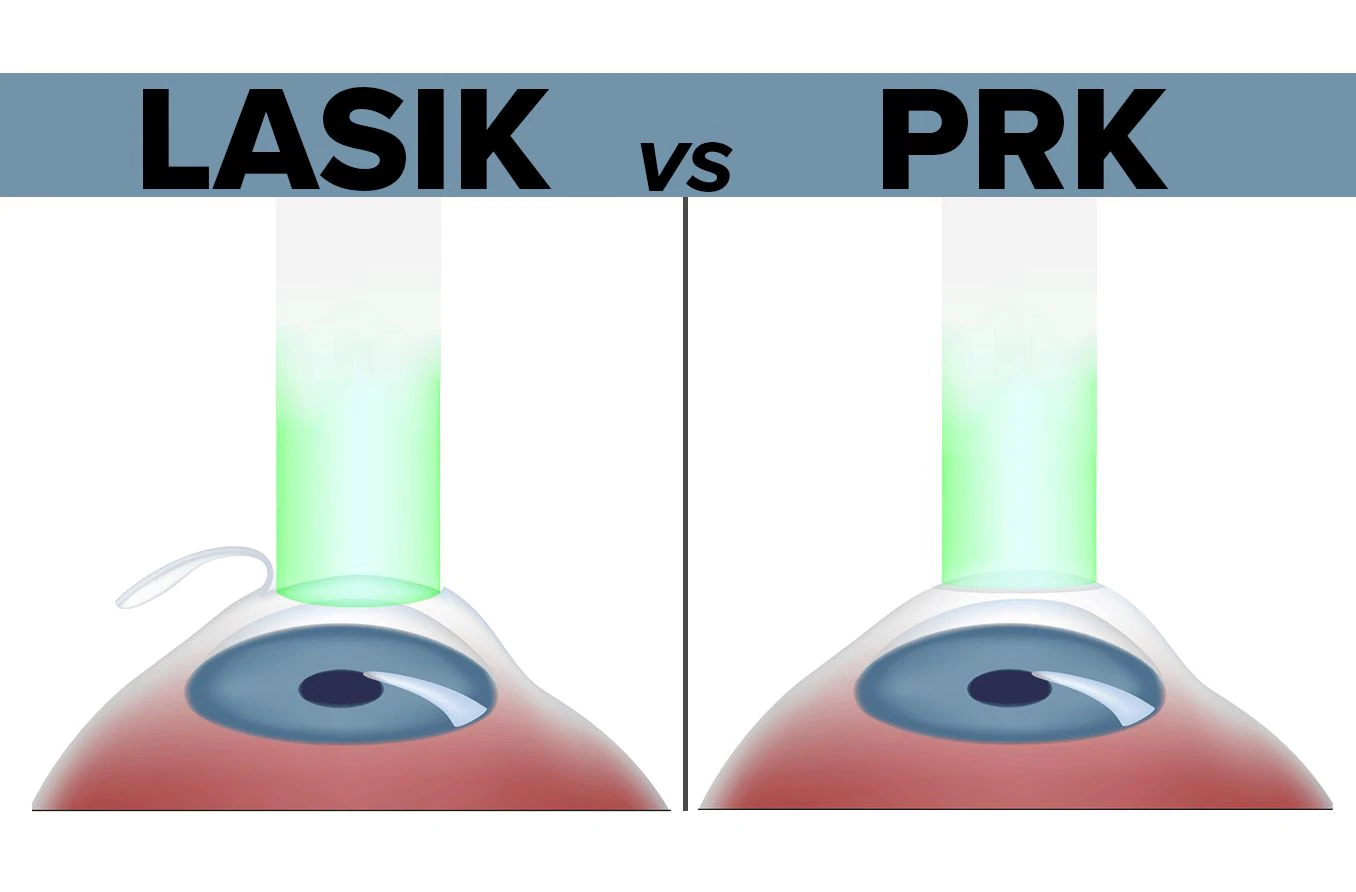
Before the LASIK procedure starts, you are taken into a quiet, climate-controlled surgical room. The atmosphere is calm, and the staff ensures you understand the next steps before anything happens. The eye is numbed with special drops before anything begins, and these drops eliminate the sensation almost instantly. Thanks to this, you won’t feel any discomfort, including from the speculum that keeps your eye open. Blinking isn’t something to worry about since the eye is gently held in place by the surgical device. Most patients feel strange rather than nervous, and any sense of touch is entirely blocked at this stage.
A suction ring is placed gently to stabilize the eye
Once the numbing is complete, the surgeon applies a special ring that helps prevent the eye from moving. A suction ring is placed gently to stabilize the eye, which is essential for precision. It may cause a momentary dimming of vision or slight pressure, but it doesn’t last long. The ring’s main purpose is to ensure that the laser can perform without interruption or misalignment. During this time, the surgeon monitors every small detail to maintain accuracy. The process is timed and controlled, and the suction is released quickly once the next step is ready to begin.
A thin flap is created on the surface of the cornea
The next phase is critical for reaching the layers of the eye that will be reshaped. A thin flap is created on the surface of the cornea with a femtosecond laser, which cuts with incredible accuracy. This flap acts like a hinge that stays attached on one side while being lifted carefully. You may notice your vision becoming foggy or grayish during this part, which is completely normal. The laser doesn’t hurt and is guided by computer-assisted movements that ensure the cut is clean. Once the flap is lifted, the surgeon proceeds directly to the core of the correction process.
The laser reshapes the cornea to correct the visual error
At this point, the underlying corneal tissue is exposed and ready for treatment. The laser reshapes the cornea to correct the visual error, which is determined by your previous scans and measurements. These custom plans are based on your exact prescription and eye structure. The excimer laser pulses quickly and removes ultra-thin layers of tissue, adjusting the curvature of the cornea. The patient is asked to focus on a blinking light while the laser works, which takes less than a minute. Even if your eye moves slightly, modern systems track and adjust for accuracy in real-time.
No stitches are required once the flap is repositioned
Once the correction is done, the surgeon gently places the corneal flap back in its original position. No stitches are required once the flap is repositioned because the tissue bonds naturally through surface tension. The surgeon ensures the flap is smooth and aligned without air pockets or wrinkles. Antibiotic drops are added at this stage to help prevent infection and support healing. The surgery for each eye takes about ten to fifteen minutes, depending on your prescription. After the procedure, you’re moved to a rest area before receiving instructions and being cleared to return home.
Your vision may be blurry for the first few hours
In the hours after the procedure, your eyes begin to recover, and initial effects become noticeable. Your vision may be blurry for the first few hours, and that’s considered normal. Most patients also feel mild dryness, tearing, or the sensation of a foreign object in the eye. These reactions usually pass by the next morning. Protective eye shields are provided and must be worn during sleep to prevent rubbing. You’ll also be given lubricating drops to use regularly in the first few days. Although vision starts improving quickly, it’s important to rest and avoid straining the eyes on day one.
The next morning many patients see dramatically improved vision
By the next morning, many patients see dramatically improved vision, often without glasses or contacts. A follow-up appointment is scheduled within 24 to 48 hours after the procedure to ensure the flap is healing well. The surgeon checks for signs of inflammation, flap alignment, and overall clarity. Some minor variations in vision quality, like glare or halos, are still possible during the first week. These tend to fade steadily over time. Most people return to work or regular activities within a few days, especially if their job doesn’t involve dusty or risky environments.
Dryness is the most common side effect during the healing phase
As the days pass, your body continues adjusting to the new corneal shape. Dryness is the most common side effect during the healing phase, especially in environments with air conditioning or long screen exposure. You’ll be advised to use artificial tears frequently, even if your eyes feel normal. These drops help maintain comfort and reduce the risk of irritation. The surgeon might recommend preservative-free options for long-term use. For most patients, this symptom gradually resolves over several weeks. If it persists, additional treatments or changes in environment can help manage it effectively.
Each LASIK outcome depends on pre-surgical measurements and technology
While LASIK has high success rates, results vary slightly from one patient to another. Each LASIK outcome depends on pre-surgical measurements and technology used in the procedure. The preoperative mapping of your eye is critical—it includes wavefront analysis, corneal thickness, and pupil size. All this data feeds into the laser’s plan and ensures accuracy. A more detailed scan leads to better results, especially for people with high prescriptions or irregular shapes. However, even with top technology, long-term vision can still be influenced by aging or genetic factors.
Patients are advised to avoid makeup and swimming pools for several days
After surgery, lifestyle precautions are necessary to protect your eyes and support recovery. Patients are advised to avoid makeup and swimming pools for several days to reduce infection risk. Mascara and eyeliner in particular can introduce bacteria or particles into the healing area. Saunas and hot tubs should also be avoided, as should environments with high dust levels. It’s recommended to wear sunglasses when outdoors to shield the eyes from UV rays. Returning to physical activity should be gradual, and contact sports must be postponed until the surgeon approves.
Second enhancements may be needed in some cases after months or years
Although LASIK is considered permanent, slight changes in vision can occur over time. Second enhancements may be needed in some cases after months or years if the eyes shift slightly or the original correction wasn’t complete. These adjustments are less common with today’s advanced systems but still possible. Enhancement surgeries follow a similar process but often take less time and recovery is quicker. Your surgeon will monitor your eyes during yearly exams to catch any gradual shifts. Most patients do not require enhancements for at least five years, if ever.
Not everyone is eligible for LASIK based on corneal thickness and eye health
Before any LASIK procedure, eligibility must be evaluated carefully by an experienced ophthalmologist. Not everyone is eligible for LASIK based on corneal thickness and eye health. Individuals with irregular topography, autoimmune disorders, or chronic dry eyes might not be good candidates. For these patients, alternative surgeries such as PRK or SMILE may be offered. The screening process includes a series of diagnostic scans and health reviews. Being upfront about your medical history helps prevent complications and ensures the safest option is selected.
Source: Lasik Eye Surgery in Dubai / Lasik Eye Surgery in Abu Dhabi
